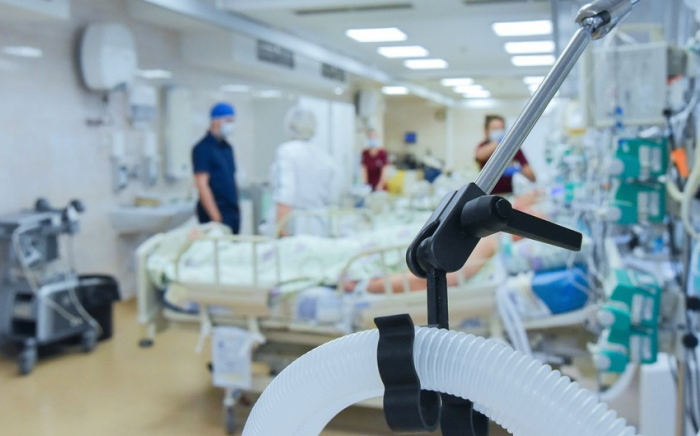AzVision.az reports citing the organization that while only 8% of hospitalized patients with COVID-19 had bacterial co-infections requiring antibiotics, three out of four or some 75% of patients have been treated with antibiotics ‘just in case’ they help. Antibiotic use ranged from 33% for patients in the Western Pacific Region, to 83% in the Eastern Mediterranean and the African Regions. Between 2020 and 2022, prescriptions decreased over time in Europe and the Americas, while they increased in Africa.
Highest rate of antibiotic use was seen among patients with severe or critical COVID-19, with a global average of 81%. In mild or moderate cases, there was a considerable variation across regions, with the highest use in the African Region (79%).
WHO classifies antibiotics as per AWaRe (Access, Watch, Reserve) classification, according to the risk of AMR. Concerningly, the study found that ‘Watch’ antibiotics with higher resistance potential were most frequently prescribed globally.
“When a patient requires antibiotics, the benefits often outweigh the risks associated with side effects or antibiotic resistance. However, when they are unnecessary, they offer no benefit while posing risks, and their use contributes to the emergence and spread of antimicrobial resistance,” said Dr Silvia Bertagnolio, WHO Unit Head for Surveillance, Evidence and Laboratory Strengthening, Division for AMR.
“These data call for improvements in the rational use of antibiotics to minimize unnecessary negative consequences for patients and populations.”
Overall, antibiotic use did not improve clinical outcomes for patients with COVID-19. But rather, it might create harm for people without bacterial infection, compared to those not receiving antibiotics. This underscores the urgent need to improve the rational use of antibiotics to minimize unnecessary negative consequences for both patients and populations.
A systematic evidence synthesis and appraisal will complement this work to inform upcoming WHO recommendations on antibiotic use in patients with COVID-19, as part of the guidelines for the clinical management of COVID-19.
These findings are based on data from the WHO Global Clinical Platform for COVID-19, a repository of standardized individual-level, anonymized clinical data from patients hospitalized with COVID-19. Data was collected from some 450 000 patients admitted to hospitals for COVID-19 in 65 countries over a 3-year period between January 2020 to March 2023. The findings are being presented in a WHO scientific poster shared at the ESCMID Global Congress, taking place in Barcelona, Spain on 27-30 April.
“These findings underscore the important need to adequately resource the efforts to improve antibiotic prescribing globally, and are particularly relevant to discuss ahead of the upcoming UN General Assembly High-Level Meeting on AMR to take place this September,” said Dr Yukiko Nakatani, WHO Assistant Director-General for AMR.
The UN High-Level meeting on AMR will bring together global leaders to commit to mitigating AMR across human health, animal health, agri-food sectors and the environment, and to promote political leadership, financing and actions to slow the emergence and spread of AMR.
AzVision.az
More about:
















































